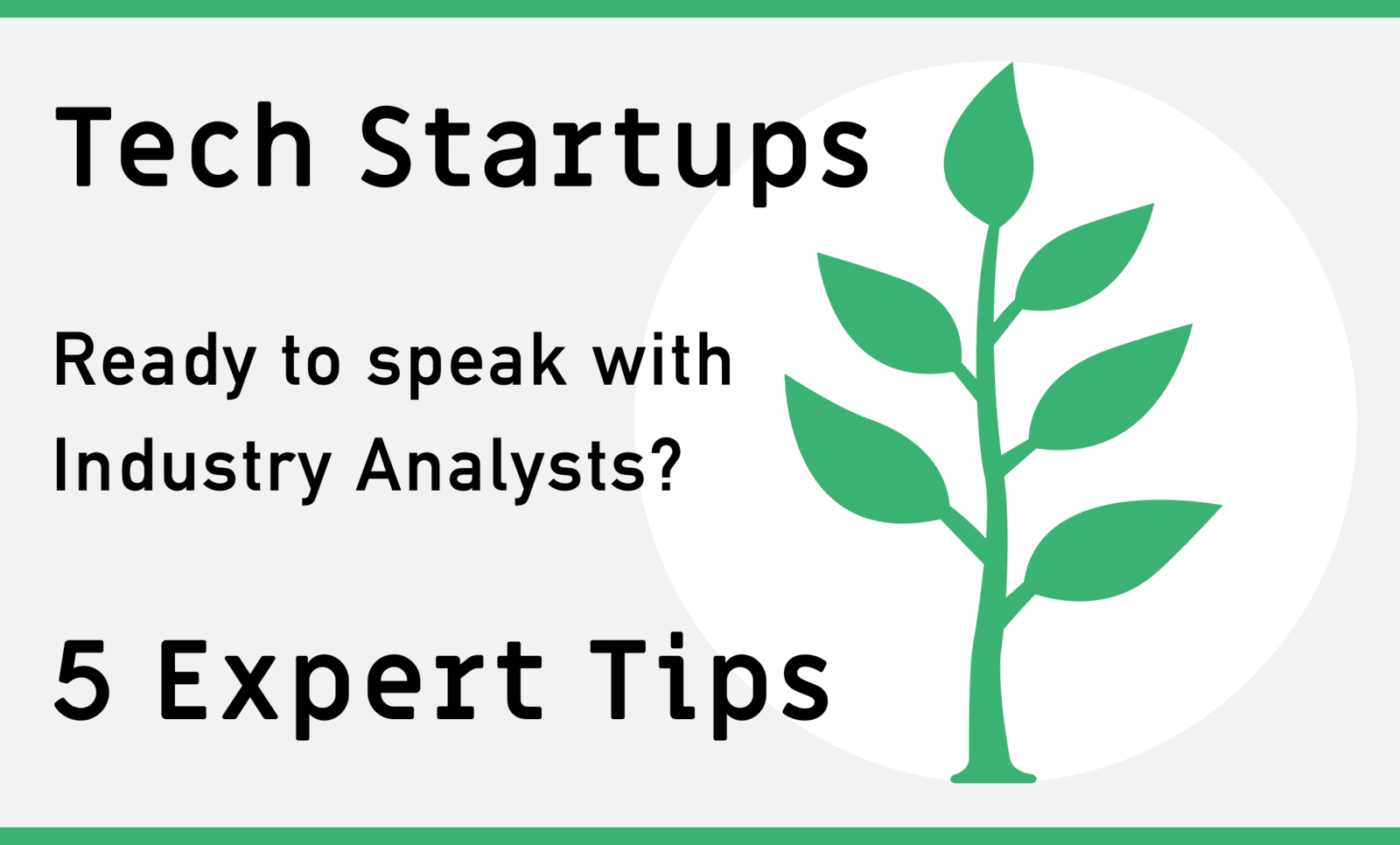Startups (and investors) are often unsure of what constitutes their own (or their portfolio firms’) readiness to leverage industry analysts’ insights & buyer impact in the race to market breakthrough.
After having qualified hundreds of startups' relevance for industry analysts' research and buy-side advisory over the years, here is what it takes, starting with the basics...
1. B2B or B2G business model in tech/services;
2. MVP defined, ideally pilot customer on board;
3. Truly innovative;
Just a new feature - or a new combination of features, or even a new technology doesn't equal "innovation".
Innovation means enabling previously unreachable levels of outcomes through previously non-existing means - at least means that were not applied in this context. Such means can be technology, pricing models, process, etc.
4. Ability to explain;
Contrary to popular misconceptions, AR readiness is NOT defined by investment stage, or size, or revenue. of that.
Instead, it’s 100% defined by a startup’s ability to explain themselves in clear business logic.
Here are 5 abilities that help you gauge your startup’s AR readiness:
a) Lead with outcomes
- if you have paying customers - use their metrics
- if you are in MVP phase - use your best-informed research
b) Love the problem
- so you can demonstrate direct business relevance
- inspire with the lever of bigger trends
- competing approaches are your best point of reference
- never shy away from worthy rivals' differing approaches
- the general "good" isn't compelling enough
- underpin key points in your narrative with the best data you have
- replace it with better data as it becomes available
- analysts don't expect perfection
- size or speed doesn't matter
- trust the power of your logic
But:
Don’t mistake the above for an introductory briefing structure. There is more to that and it’s certainly not your marketing/sales/investor pitch deck. Pitching-mode switches analysts off immediately. They need a different quality of interaction to make it worth their time.
With all the established firms pushing for innovation plus hundreds of startups entering the race in most every category every year, industry analysts have extremely tight schedules. Which means you get one shot for a briefing.
Don't "done-is-better-than-perfect" this...
Handle it seriously.
I won’t pretend it's easy. In fact it's high quality work and highly rewarding, way beyond the analyst relations aspect. So far, I’ve never missed the target.

